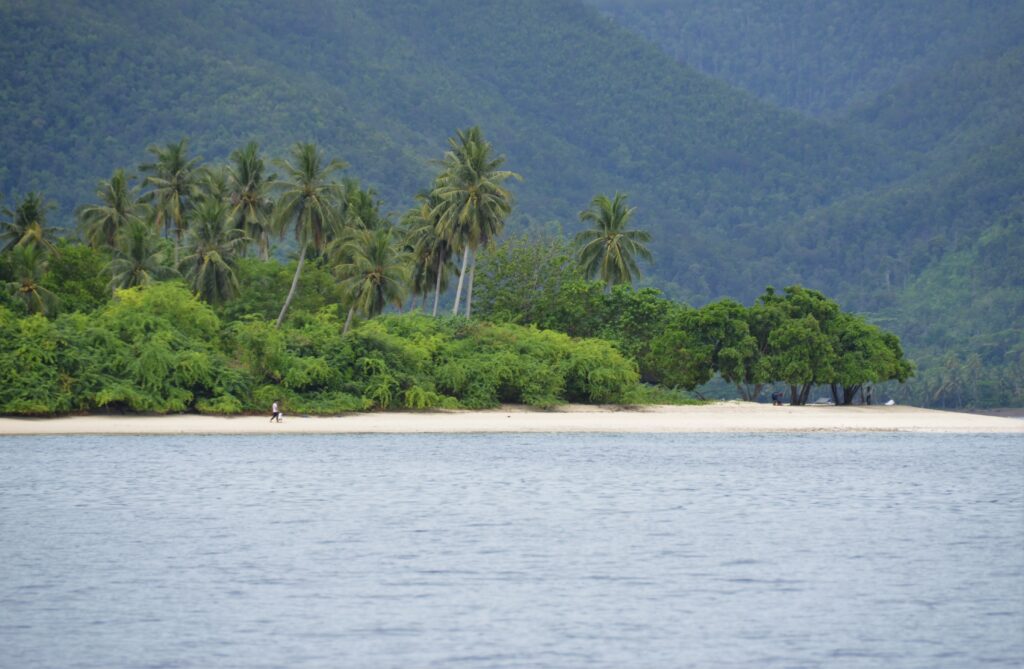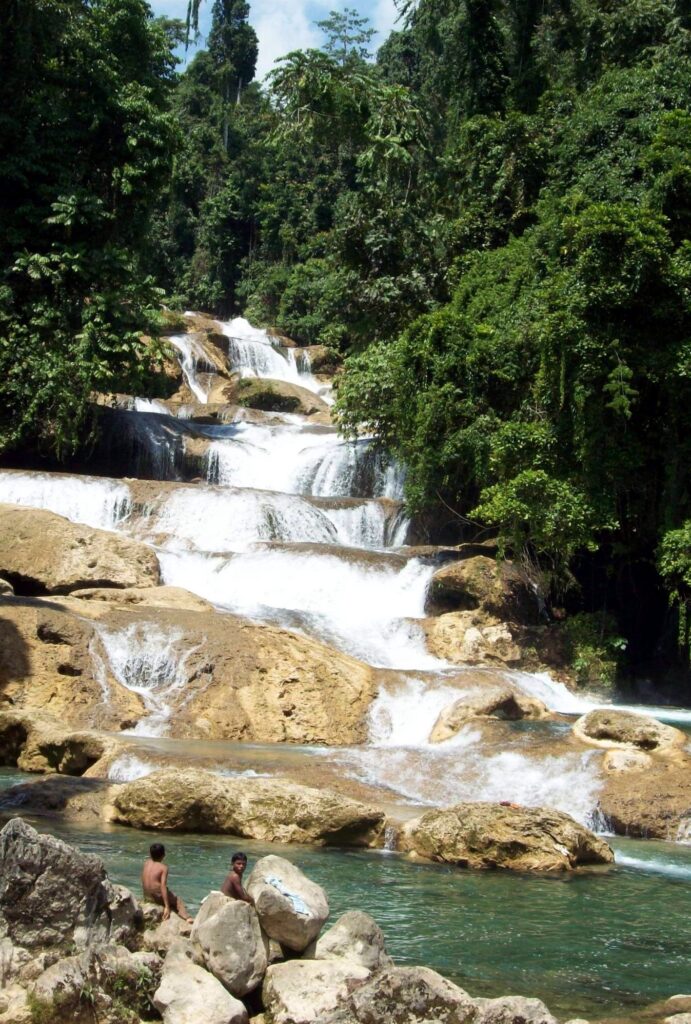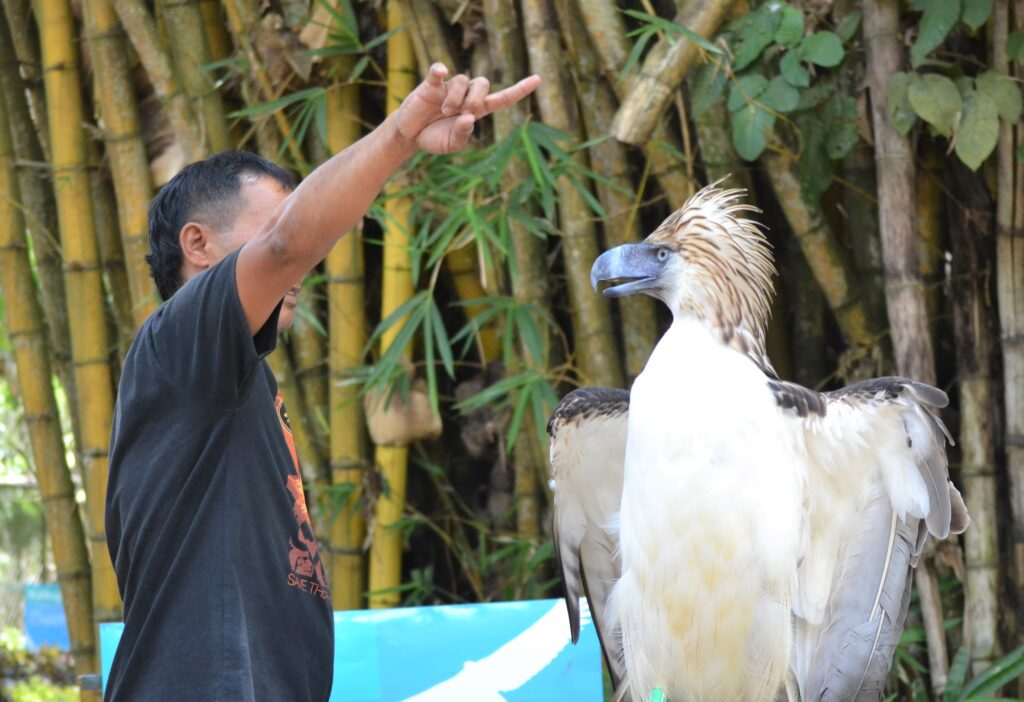Text and Photos by Henrylito D. Tacio
Davao Region, used to be known as Southern Mindanao, is located in the southeastern part of Mindanao. It is composed of five provinces: Davao del Norte, Davao del Sur, Davao Oriental, Davao Occidental and Davao de Oro (formerly known as Compostela Valley).
What makes this region unique among other regions in the country? Why should foreigners and local visitors and guests flock to this region, which is home to former president Rodrigo R. Duterte?
Let me count the ways (to borrow a phrase popularized by Elizabeth Barrett Browning):
Davao City
One of several cities in the country that are independent of any province, though it is usually grouped with Davao del Sur for statistical purposes. As the regional center, it has regular air, sea, and land linkages to major points in the country and overseas. Flight time from Manila is about one hour and 30 minutes and from Cebu City is about one hour.
Like most cities in the country, there is an abundance of buses, jeepneys and taxicabs, which makes getting around the city quite easy. Hotels, malls and restaurants abound so visitors need not worry about where to stay, shop, and eat.
Davao City is the country’s largest city in terms of land area. In fact, it is seven times the size of Metro Manila and six times bigger than Cebu. It is even bigger than the land area of Singapore.
During the pre-war period, many Japanese migrated to Davao to engage in the production of abaca. At that time, the biggest Japanese community in Southeast Asia was found in Davao.
If you’re a Japanese, among the places of interest in the city include the following: Japanese Museum (located in Calinan), Japanese Peace Memorial Shrine (in Mintal), Japanese Tunnel (in Ma-a), and old Japanese houses (in Mintal, Tugbok and Toril).
If you want to experience the mother of all festivals in Mindanao, then visit Davao City in the third week of August as it celebrates Kadayawan sa Festival. Its sights and sound during the festivity remain unparalleled.
Philippine Eagle Center
The Philippine eagle – described by famed American aviator Charles Lindbergh as “the world’s noblest flier” – was declared by then President Fidel V. Ramos as national bird (thereby dislodging maya as such).
The Philippine eagle is second only to the Madagascar sea eagle in rarity. In size, it beats the American bald eagle; it is the world’s second biggest after the Harpy eagle of Central and South America.
The Philippine eagle (known in the science world as Pithecophaga jefferyi”) has been included by Current Biology in its list of 100 most endangered birds in the world. It is ranked No. 8 in the list.
Currently, 34 Philippine eagles and several other wild bird species are housed at the 8.4-hectare Philippine Eagle Center (PEC) in Malagos, Calinan. It is about an hour’s drive from the heart of Davao City.
Mount Apo
Locally known as Apo Sandawa, it is the mother of all mountains in the country. With an elevation of 3,142.79 meters above sea level, it is the highest mountain in the Philippines and the 24th-highest peak of an island on Earth.
This active volcano is 32 kilometers west of Davao City. It is one of the country’s most popular hiking/climbing destinations. But the first two attempts to reach its summit ended in failure: that of Jose Oyanguren (in 1852) and Señor Real (in 1870).
Mount Apo is the original habitat of two icons: the Philippine eagle and waling-waling, a high-prized species of orchids. It features numerous peaks and valleys, as well as Malasila Falls, Sibulao and Venado Lakes, and Kisante Hot Springs.
When viewed from the Provincial Capitol of Davao del Sur, sometimes the mountain appears to be covered with snow, but on closer look it is really sulphur which is yellow in color.
Aliwagwag Falls
Located in Cateel, the east coast of Davao Oriental, it is the country’s highest waterfall (approximately 1,100 feet) and is noted for its staircase-like boulders. No wonder, it is touted as the “Stairway to Heaven.”
The multi-tiered waterfall has 84 steps of cascading crystal-clear freshwater, ranging from 6 to 110 feet. When combined together, the height is 1,110 feet.
Local folklore says Aliwagwag Falls is a divine gift of the gods to the people of Cateel. It is located just 24 kilometers west from Cateel town and some 320 kilometers east of Davao City.
Mount Hamiguitan
Mount Hamiguitan, located in Davao Oriental, has a height of 5,344 feet. The mountain and its vicinity are home to one of the most diverse wildlife populations in the country. Among the wildlife found in the area are Philippine eagles and several species of Nepenthes.
The mountain has a protected forest area of approximately 2,000 hectares. This woodland is known for its unique pygmy forest of century-old trees in ultramafic soil, with endangered, endemic and rare species of flora and fauna.
The Mount Hamiguitan range, with an area of 6,834 hectares, was declared a national park and a wildlife sanctuary in 2003. In 2014, the park was inscribed as a World Heritage Site by the United Nations Economic, Scientific and Culture Organization (UNESCO), becoming the first in Mindanao and the sixth in the Philippines.
Rafflesia mira
Known as the corpse flower due to its offending smell, it is a parasite to a vine which provides everything necessary for the plant to survive. It is endemic to the rainforest of Mindanao and can only be found in the vicinity of Mount Candalaga, which is accessible via Maragusan, Davao de Oro.
It is known as Rafflesia magnifica. The flowers reportedly bloom from August to November and can expand up to 80 centimeters in diameter.
Harvard Magazine reported that in some parts of Asia, where it is also found, the plant is thought to have medicinal powers. Indigenous peoples of northern Borneo, for instance, believe that drinking a tea made of the flowers after childbirth will flush the placenta and restore the figure.
Pujada Bay
Located in Mati City, Davao Oriental, Pujada Bay is declared a marine protected area and covers 21,200 hectares. It is known for its rich coral reef system and white-sand beaches, including Dahican Beach (dubbed as the Skimboarding Capital of Mindanao). It contains 850 hectares of mangroves and is known to harbor nine of the sixteen species of seagrasses found in the country.
The bay is also known for its island aptly named Pujada Bay. It is described as “an island bestowed with an abundance of white-sand shoreline blanketed with lush tropical greenery and crystal-clear waters atop a clear azure sky.”
The Paris-based Les Plus Belles Baies Du Monde (The Most Beautiful Bays in the World) Club declared it as one of the most beautiful bays in the world.
So, what are you waiting for? Now is the time to visit Davao Region! – ###






